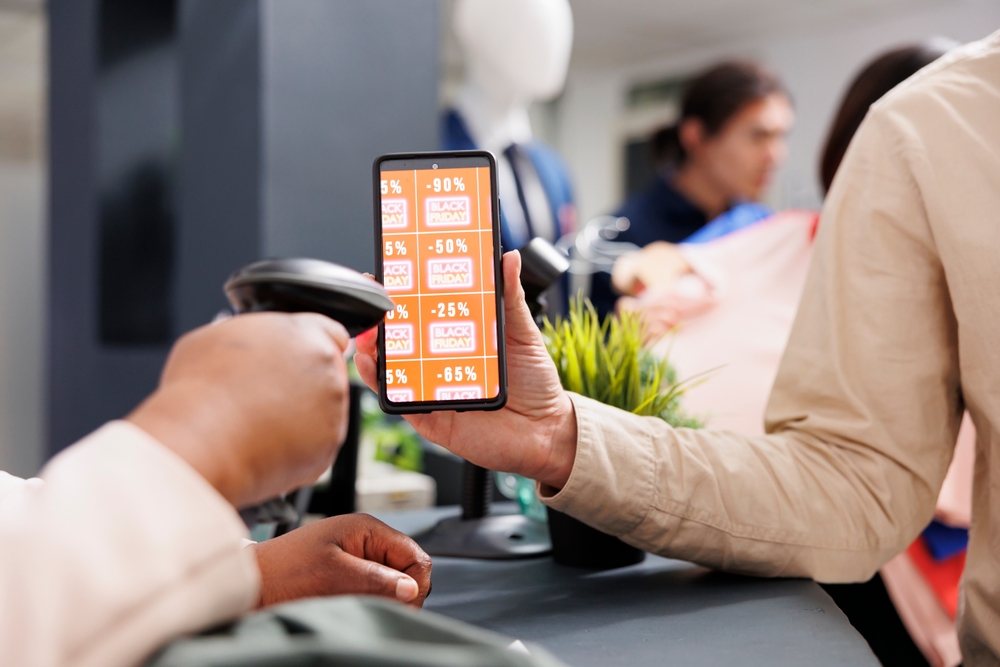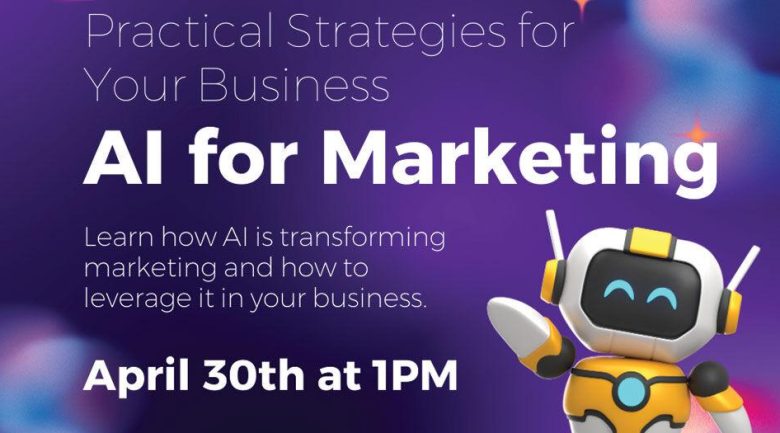Enhance Customer Loyalty Programs with AI-Driven Tools for Small Businesses. Customer loyalty is the lifeblood of small businesses. Loyal customers not only make repeat purchases but also become brand advocates, driving word-of-mouth referrals and long-term growth. However, creating and managing effective loyalty programs can be challenging for small businesses with limited resources. This is where AI-driven tools come in. By leveraging artificial intelligence, small businesses can design, optimize, and scale loyalty programs that keep customers engaged and coming back for more. Here’s how AI can transform your customer loyalty strategy.
Personalize Rewards and Offers
One of the most effective ways to enhance customer loyalty is through personalization. AI-driven tools like Klaviyo and LoyaltyLion analyze customer data to deliver tailored rewards and offers that resonate with individual preferences.
For example, a small coffee shop can use Klaviyo to send personalized discounts on a customer’s favorite drink or offer bonus points on their birthday. By making rewards feel special and relevant, small businesses can deepen customer relationships and encourage repeat purchases.
Predict Customer Behavior
Predictive analytics is a game-changer for loyalty programs. Tools like Google Analytics 4 and HubSpot use machine learning to forecast customer behavior, such as:
- Likelihood to make repeat purchases.
- Risk of churn.
- Potential lifetime value (CLV).
For instance, an online retailer can use Google Analytics 4 to identify customers who are likely to stop shopping and offer them exclusive incentives to stay engaged. This proactive approach helps retain customers and boost loyalty.
Automate Loyalty Program Management
Managing a loyalty program manually can be time-consuming and error-prone. AI-driven tools like Yotpo and Smile.io automate key aspects of loyalty program management, including:
- Tracking points and rewards.
- Sending personalized notifications.
- Analyzing program performance.
For example, a small business can use Smile.io to automatically reward customers for repeat purchases, referrals, or social media engagement. Automation ensures that your loyalty program runs smoothly, even as your customer base grows.
Gamify the Customer Experience
Gamification is a powerful way to make loyalty programs more engaging. AI-driven tools like Bunchball and Badgeville use machine learning to create interactive experiences that motivate customers to earn rewards.
For instance, a fitness studio can use Bunchball to create challenges where members earn points for attending classes or achieving fitness goals. By turning loyalty into a game, small businesses can make the experience fun and rewarding.
Segment Customers for Targeted Campaigns
Not all customers are the same, and AI can help you segment your audience for more effective loyalty campaigns. Tools like Zoho CRM and ActiveCampaign use machine learning to group customers based on factors like:
- Purchase history.
- Engagement levels.
- Demographic data.
For example, a local boutique can use ActiveCampaign to create segments like “frequent shoppers,” “seasonal buyers,” or “first-time customers.” This allows you to tailor rewards and offers to each group, ensuring that your loyalty program resonates with everyone.
Enhance Multichannel Engagement
Customers interact with businesses through various channels, including email, social media, and in-store visits. AI-driven tools like Omnisend and Hootsuite help small businesses deliver consistent loyalty experiences across all touchpoints.
For instance, a small business can use Omnisend to send personalized loyalty rewards via email, SMS, and social media. This multichannel approach ensures that customers stay engaged, no matter where they are.
Analyze and Optimize Program Performance
AI doesn’t just help you create loyalty programs—it also helps you measure their effectiveness. Tools like Tableau and Google Analytics 4 provide insights into key metrics such as:
- Redemption rates.
- Customer retention rates.
- ROI of loyalty campaigns.
For example, a small business can use Google Analytics 4 to track how loyalty rewards impact repeat purchases and customer lifetime value. These insights allow you to refine your program and focus on what works.
Real-World Examples of AI in Action
Many small businesses are already using AI-driven tools to enhance their loyalty programs. For example:
- A Local Bakery: Used Klaviyo to send personalized birthday rewards, resulting in a 25% increase in repeat visits.
- An Online Retailer: Leveraged Smile.io to automate its loyalty program, achieving a 30% boost in customer retention.
- A Fitness Studio: Implemented Bunchball to gamify its loyalty program, leading to a 20% improvement in member engagement.
These examples demonstrate how AI can help small businesses achieve measurable results and compete with larger brands.
Choosing the Right AI Tools for Your Business
With so many AI-driven tools available, it’s important to choose the ones that align with your business goals and budget. Some popular options include:
- Klaviyo: For personalized email marketing and loyalty campaigns.
- Smile.io: For automating loyalty program management.
- Google Analytics 4: For customer behavior insights and program optimization.
- Bunchball: For gamifying the customer experience.
Start with one or two tools and expand as your needs grow.
By leveraging AI-driven tools, small businesses can create loyalty programs that are personalized, engaging, and effective. From predicting customer behavior and automating program management to gamifying the experience and analyzing performance, AI offers a range of solutions to help SMBs succeed.
Ready to take your loyalty program to the next level? Explore platforms like Klaviyo, Smile.io, and Google Analytics 4 to see how AI can transform your customer loyalty strategy. The future of loyalty programs is here, and it’s powered by AI.




